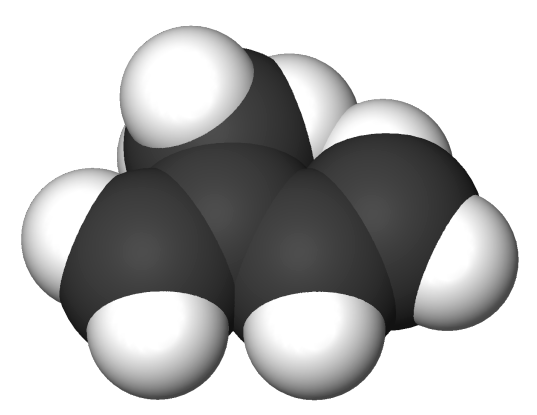
Today’s post is at The Stream: “Newly Discovered Ocean Cooling Process Implies Climate Stabler Than We Knew.”
A new paper about how certain chemicals produced in the ocean might cause more atmospheric cooling than was previously believed is causing a sensation, with some asserting there is much less urgency to do something about global warming. Another source hopefully boasted the results will “scupper the Paris climate talks.”
Let’s put the results from this new paper into their proper context and see if the sensation is warranted.
One thing which is beyond debate in climatology — all scientists and not just a “consensus” are in agreement — is that climate models do a very bad job of predicting the climate. The discrepancy between what the models forecast and reality is large and growing larger. Models are running hot.
But be careful…
Those who have some chemistry should also read the paper, which is pretty good. I’m not expert enough to know all the limitations, but the demonstration of the effect is convincing. Their estimates of world-wide isoprenes created in this new way is open to investigation, of course.
Discover more from William M. Briggs
Subscribe to get the latest posts sent to your email.
Pingback: Newly Discovered Ocean Cooling Process Implies Climate Stabler Than We Knew | Reaction Times
One underlying flaw in the models is that they have been developed by physicists who mainly try to emulate physical processes. Physicists may know their domain, but they,re much less qualified to represent bio/geo/chemical factors in their models. For example, Michael Mann is a physicist by training and he thinks tree rings adequately represent the temperature regimes in which trees grow, yet plant physiologists know that moisture, exposure, nutrients, mechanical damage, herbivory, etc. influence ring widths and wood density. He dismisses what he doesn’t understand or want to understand. This latest paper suggests that inadequate understanding of natural systems hobbles the models. It’s ironic that alarmists are eager to blame human activity for climate change but they fail to account sufficiently for biological activity in their predictive tools.
All models are inevitable stupid as none is able to simulate even to a minor degree oceanic internals, a water body 1000 times bigger than atmospheric vapour with an average temperature as high as four degrees Celsius, which is often the most likely source of any “Ocean Cooling Process” and sometimes the source of CLIMATE CHANGE, interestingly discussed at: http://www.1ocean-1climate.com/
“But…. this can’t be…. Only government can stabilize things!”
The truth is a glorious thing! I mean common sense people…
Even without considering these additional aerosols, more heat = more water vapor, more water vapor = more clouds.
And a large amount of IR energy absorbed by clouds (exceptions do not disprove the rule) necessarily radiates back out to space (assuming a uniform rate of radiation of cloud particles and, ignoring many factors which likely increase this effect, greater than 50% of available directions of radiation being out of direct line of sight of the ground thanks to the horizon at altitude).
Remember the famous hole in the ozone? We had to ban Freon to prevent the ozone layer from being destroyed. The main thing that tied Freon to the ozone hole was the computer models. However, these models cannot account for the shape of the change, and they did not predict the Arctic ozone hole or its disappearance. Chemical kinetics equations are very accurate provided that you know all the side reactions and all the rate constants precisely. Unfortunately, this was found not to be the case. All the computer model predictions were false.
Right, so the paper is causing a sensation but the measurable effect is unknown. Gotcha.
My only uncertainty is whether I’m supposed to worship this Dread Ciuraru.
Pingback: This Week in Reaction (2015/10/04) | The Reactivity Place